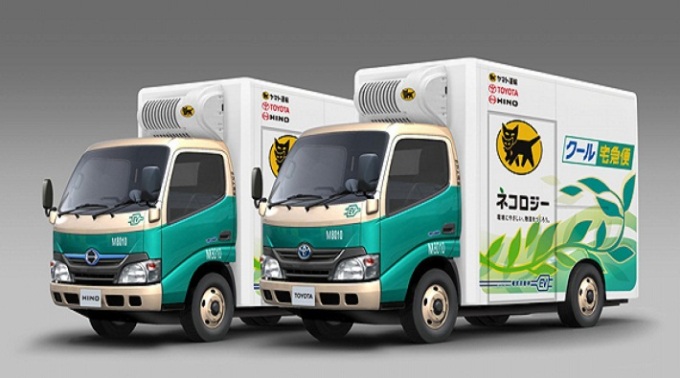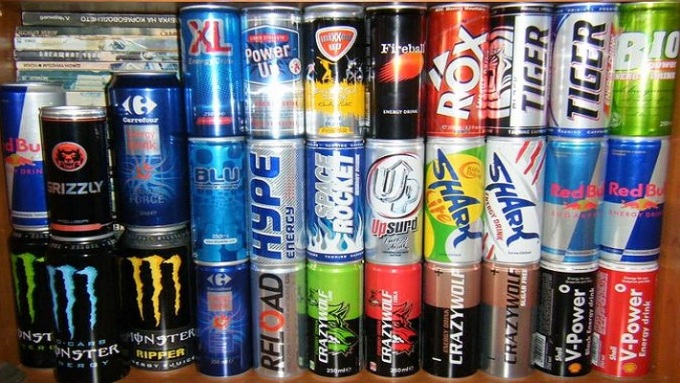Cold chain is an uninterrupted series of harvest, processing, packaging, storage, transport and sale activities which maintain a given temperature range. It is used to help extend and ensure the shelf life of perishable products. In China, vegetables and fruits are easy to perish during transport and in transient storage, which increases the operating cost of fresh food retailers like supermarkets and stores. But if they were in a good cold chain system, their shelf life and marketable time could be lengthened or even doubled.

If the shelf life of perishable products like vegetables and fruits was extended from one day to three days, fresh food retailers' loss would decrease 30%-50%. Food decaying is the main reason for food safety risks and resources waste. And the close attention paid to food safety has driven a sharp pick up in cold chain market for foods represented by meat, fruit, vegetable, seafood and dairy product. With the increasing per capita income and improvements in living conditions, Chinese people put a high demand for food freshness. Therefore, the demand for cold chain transport of vegetables, fruits, meats and processed products has increased remarkably. In 2015, meat production in China exceeded 80 million tons, vegetable 700 million tons, fruit 260 million tons, dairy products 27 million tons and seafood 60 million tons. Besides, large amounts of meat and frozen food are produced every year in China too. Temperature fluctuation in cold storage and transport is one of the main reasons for food quality decline. To ensure those perishable foods' freshness and quality, cold chain logistics is needed. By the end of 2014, China had a freezer capacity of about 120 million cubic meters and less than 60, 00 refrigerator vehicles, lagging far behind developed countries in per capital terms. As a high-end sub-industry of logistics, cold chain logistics will become the focus of many investors in the next few years. As e-business develops in China, e-business enterprises operating fresh food are springing up and the supporting cold chain infrastructure. Many e-business companies in China have got into the field of fresh food, for example, large e-business enterprises like Tmall and JD have published their own fresh food strategy. Besides, logistics enterprises like SF Best of SF Express are conducting e-business and a bunch of professional fresh food e-business enterprises like Too Too Organic Farm are developing fast too. According to CRI's estimation, the market size of fresh food e-business was about CNY 100-120 billion and CAGR during the period of 2016-2020 will exceed 50%. Fresh food e-business companies hardly invest cold chain equipment but they indirectly force the construction of cold chain distribution network. Currently, e-business enterprises like JD and Tmall are still weak in cold chain warehouse, logistics delivery system and door to door delivery in particular for they mainly cooperate with a third party, i.e. a cold chain logistics company. Cold chain logistics network could be divided into two parts: cold chain home delivery and cold chain artery, the former belonging to express and less-than-carload logistics while the latter involving supply chain management and third party logistics. And cold chain logistics is the sub-industry of logistics with the largest potential market despite its complex operation and high barrier to entry. Cold chain logistics will be one of the hottest sub-industries of logistics in China in the next few years if the demand for cold chain and its development space in China were taken into account. With the sustained economic development, fast increase in demand for food, drugs and cosmetics, cold chain logistics industry in China will undergo a rapid growth. Therefore, there are many investment opportunities in China for cold chain equipment manufacturers and cold chain logistics enterprises. Readers can get at least the following information through this report: development environment facing cold chain logistics in China supply and demand status of cold chain logistics in China industrial chain of cold chain logistics in China major cold chain logistics equipment manufacturers in China cold chain e-business enterprises in China prospects of cold chain logistics in China investment opportunity in cold chain logistics industry in China The author suggests the following groups of people purchase this report: logistics enterprises cold chain logistics equipment manufacturers e-business companies investors/ research institutions interested in cold chain logistics industry.
Key Topics Covered in the Report:
China Warehouse Industry Size
China Cold Chain Logistics Market Players
China Cold Chain Logistics Market Growth
China Cold Chain Logistics Industry Revenue
China Cold Chain Logistics Market Share
China Cold Chain Logistics Market Forecast
Global Cold Chain Logistics Industry Swot Analysis
China Cold Chain Logistics Market Research
For more coverage click on the link below:
Contact Us:
Ken Research
Ankur Gupta, Head Marketing & Communications
+91-9015378249




